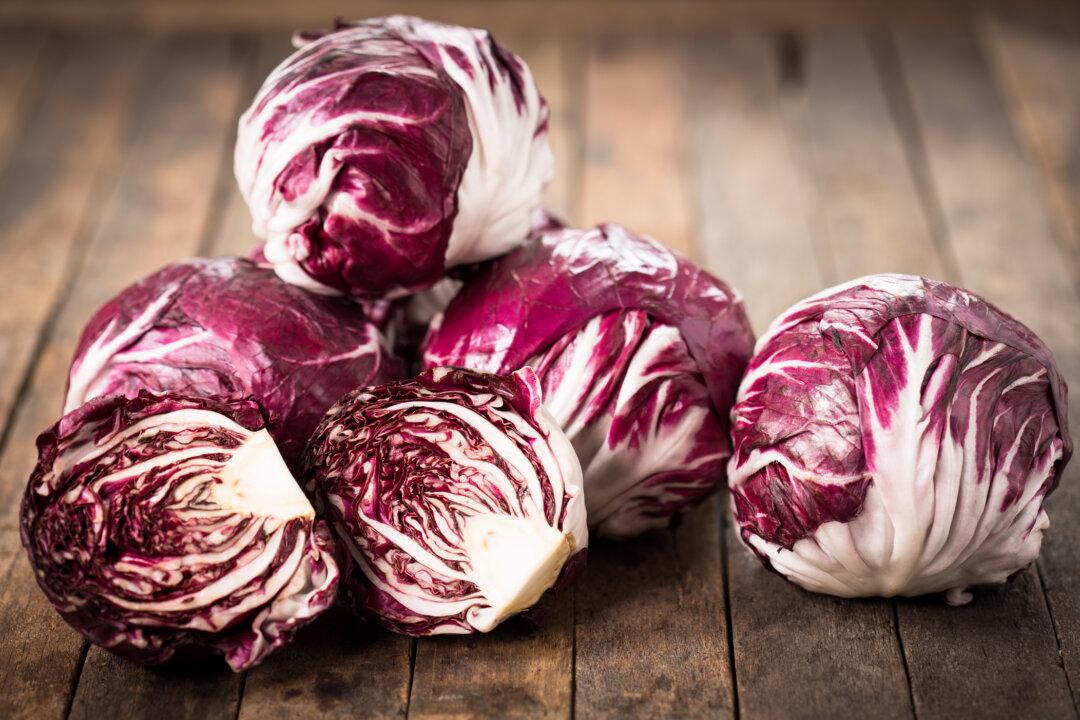As a flavor, bitter often gets a bad rap. A taste to grimace at instead of crave. While we have historically avoided bitter flavors in favor of all things fatty, salty and sugary, foods like arugula, frisée, rapini, and their respective bitter edges are increasingly colonizing restaurant menus and the vegetable aisle of supermarkets. Bitter flavors are an important part of our sense of taste, helping to balance sweet, salty and sour notes that are so prevalent in modern foods. It’s a flavor that instantly elevates a meal to elegant, complex heights and excites our nervous system.
For the most part, we should consider bitterness as the taste of health. That’s because the compounds that make foods come off as bitter to our taste buds (such as polyphenols in cacao, catechins in green tea, terpenes in citrus peel and glucosinolates in broccoli) also happen to be good-for-you antioxidants that may help lower the risk for certain deadly diseases like cancer and heart failure.





